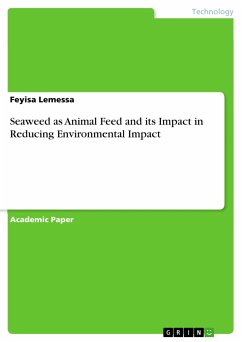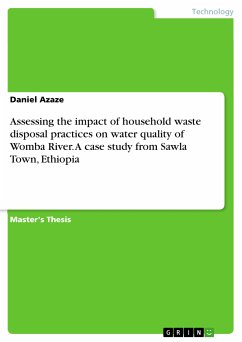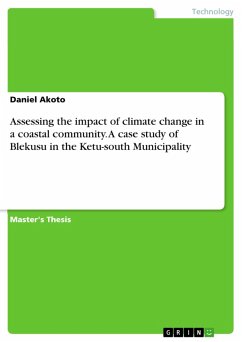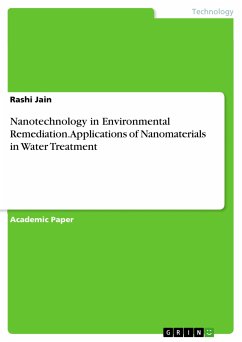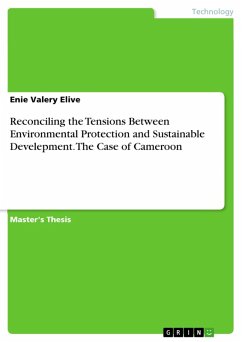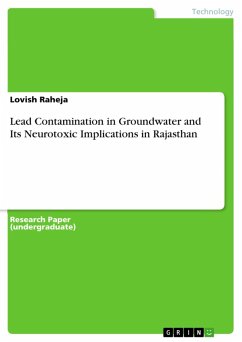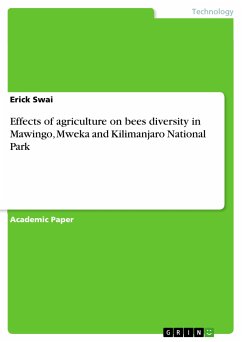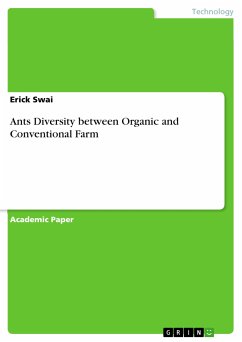Academic Paper from the year 2021 in the subject Environmental Sciences, Haramaya University (Oromia Agricultural Research Institute, OARI), course: Current Topic, language: English, abstract: The current review is initiated with the general objectives of to assess seaweed as animal feed and effect on reducing greenhouse gas emission and health. Multiple issues confront ruminant-based food production today, including environmental emissions, climate change, and escalating food-feed-fuel rivalry for arable land. As a result, more sustainable feed production, as well as the exploration of innovative resources, is required. In addition to the several food industry side streams presently in use (milling, sugar, starch, alcohol, or plant oil), new ones such as vegetable and fruit leftovers are being investigated, however conservation is difficult and output is typically seasonal. As an example of oilseed by-products, lipid-rich camelina (Camelina sativa) expeller has the potential to enhance ruminant milk and meat fat with bioactive trans-11 18:1 and cis-9, trans-11 18:2 fatty acids and decrease methane emissions in temperate zones. Despite the reduced methionine concentration of alternative grain legume proteins compared to soya bean meal (Glycine max), ruminants fed faba beans (Vicia faba), peas (Pisum sativum), and lupins (Lupinus sp.) had comparable lactation performance and development. Although wood is the most plentiful carbohydrate on the planet, temperate zones lack agroforestry techniques to ruminant nutrition. Because of cellulose and lignin connections, ruminants have a hard time digesting untreated wood, although various processing procedures can increase utilization. Fodder trees and shrubs (e.g., cassava (Manihot esculenta), Leucaena sp., Flemingia sp.) provide good protein supplements for ruminants in the tropics. The leaves and by-products of on-farm food production are combined with grass cultivation for ruminant feeding in a food-feed production system. It has the potential to increase animal performance on smallholder farms in a long-term way. Detoxified jatropha (Jatropha sp.) meal is a notable alternative protein source for larger-scale animal production.
Dieser Download kann aus rechtlichen Gründen nur mit Rechnungsadresse in A, B, BG, CY, CZ, D, DK, EW, E, FIN, F, GR, HR, H, IRL, I, LT, L, LR, M, NL, PL, P, R, S, SLO, SK ausgeliefert werden.

